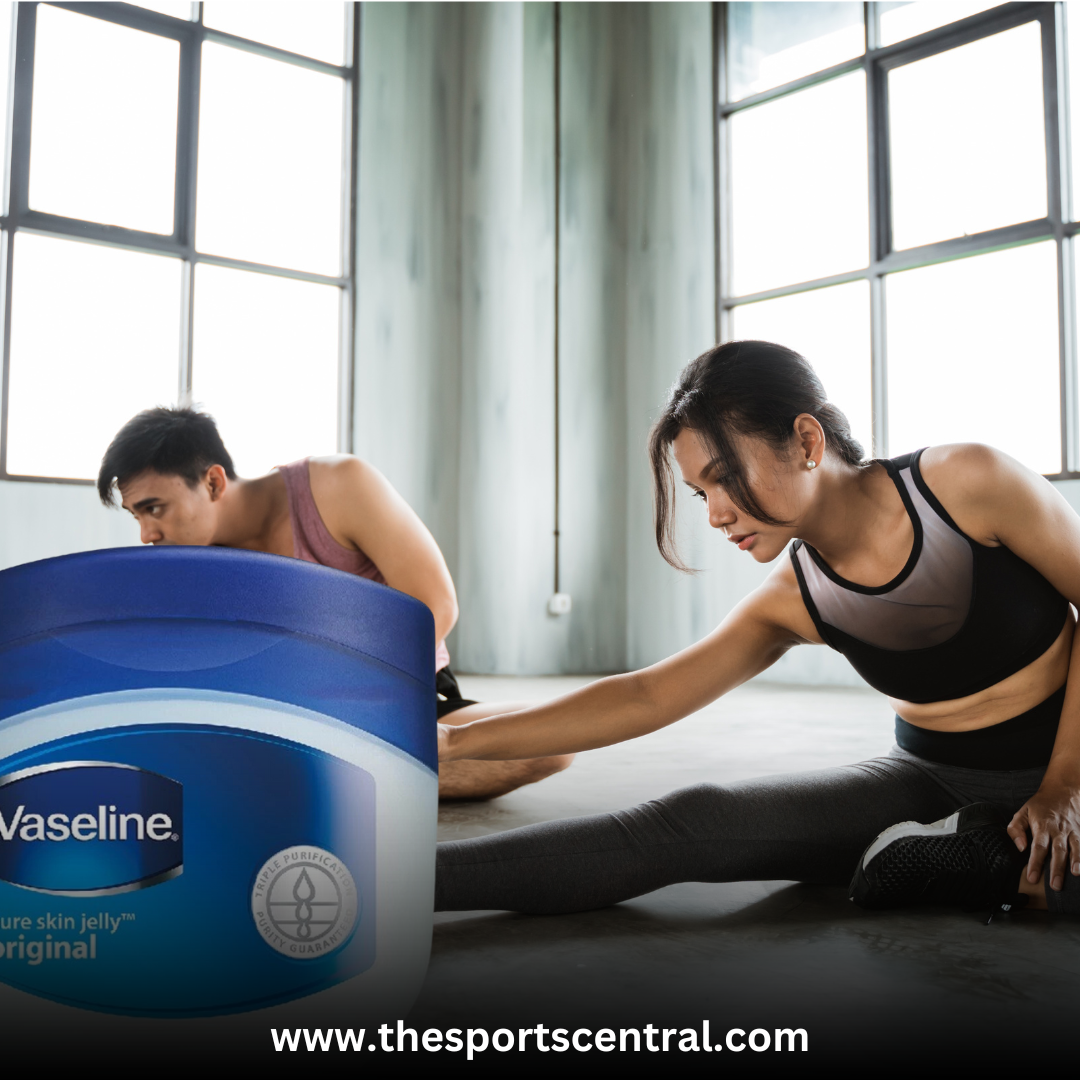The fitness industry continually introduces innovations designed to enhance performance, comfort, and endurance. Among these trends, exercise lubricants have garnered attention as potential game-changers for athletes and fitness enthusiasts. Promoted as solutions to prevent chafing, reduce friction, and improve overall comfort during workouts, these products have sparked debates. Are they truly effective, or are they just another marketing gimmick?
This article delves deep into the concept of exercise lubricants, their claims, scientific backing, and whether they offer real benefits or fall short of expectations.
Understanding Exercise Lubricants
Exercise lubricants, also referred to as anti-chafing creams, balms, or gels, are designed to address one primary concern: friction. During physical activities, areas of the skin that repeatedly rub against clothing or other body parts can suffer irritation, leading to discomfort and even painful injuries like blisters or rashes. These lubricants aim to create a protective barrier, reducing the risk of such issues.
Manufacturers of exercise lubricants target runners, cyclists, swimmers, and individuals engaged in activities requiring prolonged or repetitive motion. Claims associated with these products often include:
- Reduced skin irritation and chafing during high-intensity workouts.
- Improved comfort for long-duration activities like marathons or cycling tours.
- Better performance by allowing athletes to focus on their activity instead of discomfort.
- Moisturized and healthy skin through added nourishing ingredients.
Popular Exercise Lubricants and Their Composition
Several brands dominate the market for exercise lubricants. Popular names include Body Glide, Chamois Butt’r, Vaseline, Squirrel’s Nut Butter, and 2Toms SportShield. Each product boasts a unique formulation designed for specific activities. Key ingredients often found in these lubricants include:
- Silicone-based compounds: Common in products designed for endurance athletes, offering a long-lasting, waterproof barrier.
- Petroleum jelly: An affordable and widely available option, used for its lubricating and protective properties.
- Natural oils and waxes: Found in balms like Squirrel’s Nut Butter, which use coconut oil, beeswax, and shea butter to provide a natural alternative.
- Anti-inflammatory agents: Ingredients like aloe vera or vitamin E to soothe and protect sensitive skin.
The Science Behind Exercise Lubricants
To determine whether exercise lubricants live up to their claims, it’s essential to evaluate their scientific basis. Here are the key factors to consider:
1. Reduction of Friction
Friction occurs when two surfaces rub against each other, generating heat and wear. During workouts, this friction can lead to chafing, especially in areas like the thighs, armpits, and nipples. Exercise lubricants reduce the coefficient of friction between skin and clothing or between skin surfaces, minimizing the risk of irritation.
Several studies on athletes support this claim. For instance, a 2015 study on long-distance runners found that applying anti-chafing balms significantly reduced skin irritation during races. Cyclists also reported fewer saddle sores when using lubricants designed for prolonged activity.
2. Moisture Management
Sweating exacerbates skin friction. While sweat is vital for thermoregulation, its presence can increase irritation by creating a wet environment. Many exercise lubricants incorporate water-repelling ingredients like silicone or petroleum jelly, forming a hydrophobic barrier that prevents sweat from pooling in sensitive areas.
3. Skin Protection
The inclusion of natural oils and vitamins in some lubricants provides added skin benefits. Ingredients like coconut oil and shea butter nourish the skin, promoting elasticity and repair. This added protection helps individuals with sensitive skin or those prone to eczema or dermatitis.
Who Benefits the Most?
Exercise lubricants are not for everyone, but they can be highly effective for specific groups. Here’s a breakdown of who may benefit the most:
1. Runners
Long-distance runners often experience chafing on the thighs, nipples, and underarms. Products like Body Glide, which leave a dry, non-greasy finish, have become staples in the running community. Lubricants reduce friction from repetitive leg movements and protect sensitive areas from the constant rubbing of clothing.
2. Cyclists
Cyclists face a unique challenge in the form of saddle sores caused by prolonged contact with the bike seat. Chamois creams, specifically designed for this purpose, create a barrier between the skin and cycling shorts, reducing discomfort during long rides.
3. Swimmers
While swimmers don’t face the same type of chafing as runners or cyclists, they often experience irritation from wetsuits or water exposure. Silicone-based lubricants are water-resistant and effective in minimizing friction between skin and swimwear.
4. Gym Enthusiasts
Those who engage in high-intensity interval training (HIIT) or weightlifting may experience skin irritation from repetitive movements or the use of gym equipment. Lubricants can prevent discomfort during prolonged sessions.
5. Hikers
Long treks often result in blisters and chafing, especially in areas like the feet and inner thighs. Anti-chafing products provide hikers with much-needed relief and protection.
Limitations and Drawbacks
Despite their benefits, exercise lubricants are not without limitations:
- Short Duration of Effectiveness Many lubricants require reapplication after a few hours, especially in extreme conditions like heavy sweating or water exposure.
- Potential Skin Reactions Some individuals may experience allergic reactions to ingredients like fragrances, preservatives, or petroleum-based compounds. Testing a small area before extensive use is recommended.
- Cost Premium exercise lubricants can be expensive, especially when compared to traditional alternatives like petroleum jelly.
- Messiness Some products leave a greasy residue, which may stain clothing or create a sticky feeling.
Are They a Marketing Gimmick?
The debate over exercise lubricants often boils down to personal experience. For some, these products are indispensable, transforming painful workouts into comfortable sessions. Others argue that simpler, cheaper solutions like coconut oil or petroleum jelly work just as well.
Marketing undoubtedly plays a role in popularizing these products. Terms like “performance-enhancing” and “athlete-approved” appeal to fitness enthusiasts looking for an edge. However, the effectiveness of exercise lubricants isn’t entirely a myth. Scientific evidence and user testimonials support their role in reducing chafing, improving comfort, and allowing athletes to perform at their best.
Alternatives to Commercial Exercise Lubricants
For those skeptical of marketed lubricants, several alternatives can provide similar benefits:
- Petroleum Jelly: Widely available and cost-effective, petroleum jelly works as a basic anti-chafing solution.
- Coconut Oil: Natural and moisturizing, coconut oil offers a non-toxic alternative for mild chafing.
- Aloe Vera Gel: Provides soothing relief for irritated skin while reducing friction.
- Talcum Powder: Absorbs moisture and reduces friction, though less effective for prolonged activity.
- DIY Solutions: Homemade balms using ingredients like beeswax, shea butter, and essential oils can serve as cost-effective alternatives.
Tips for Using Exercise Lubricants
- Apply Generously: Ensure the product covers all areas prone to friction.
- Reapply When Needed: For prolonged workouts, carry a small amount for touch-ups.
- Test for Allergies: Perform a patch test before using a new product extensively.
- Choose the Right Product: Select a lubricant suited to your activity and skin type.
- Pair with Proper Clothing: Moisture-wicking, seamless clothing complements the effects of lubricants.
Conclusion
Exercise lubricants address a genuine need for many athletes, offering protection against chafing and discomfort. Their effectiveness depends on the individual, the activity, and the specific product used. While marketing may exaggerate their benefits, these products are far from a gimmick for those who experience frequent skin irritation during workouts.
For skeptics, affordable alternatives like petroleum jelly or coconut oil can provide similar results without breaking the bank. Ultimately, the decision to use exercise lubricants boils down to personal preference and comfort. Whether enhancing performance or merely preventing discomfort, these products continue to find a place in the fitness routines of many dedicated athletes.










